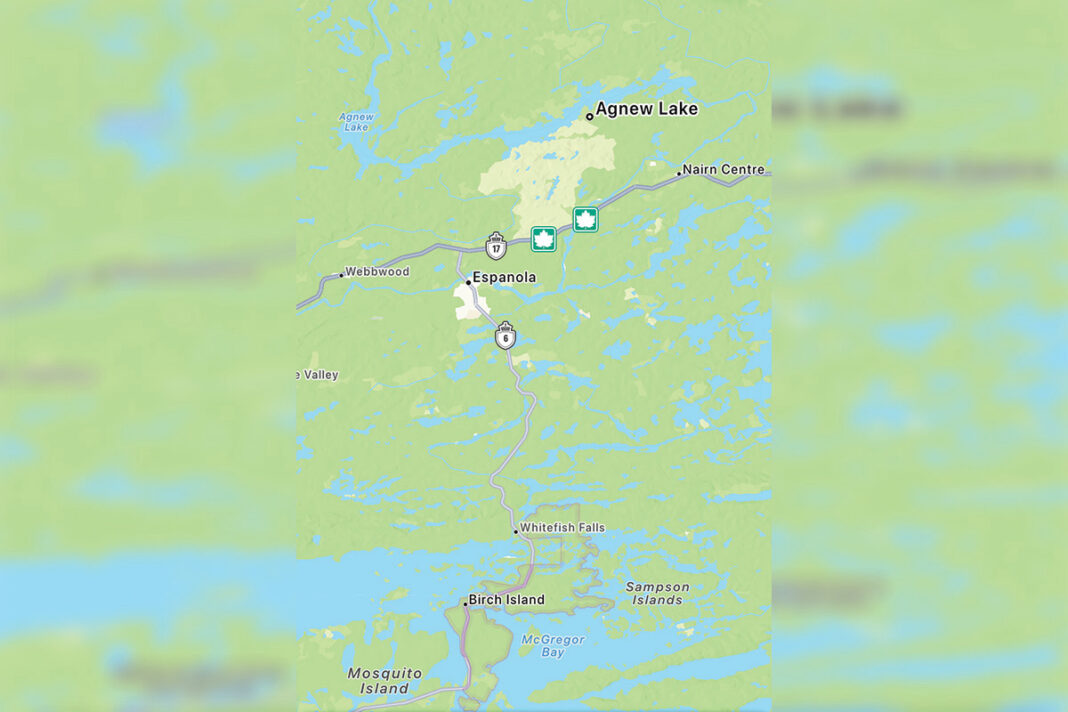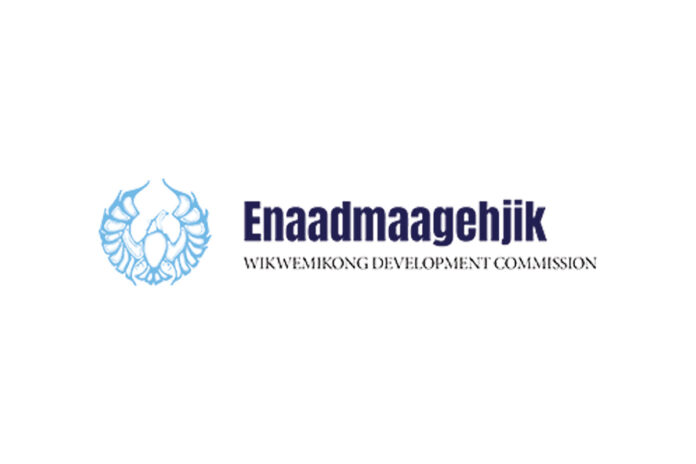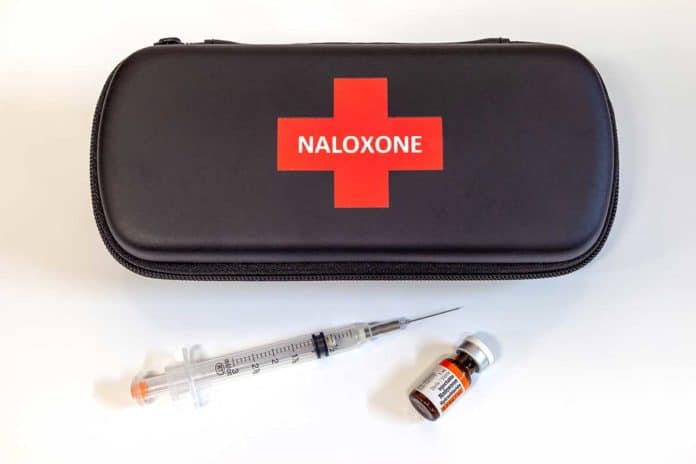LAKE AGNEW—The Townships of Nairn and Hyman, located west of Sudbury, recently held a public meeting to discuss a contentious plan to transport naturally occurring radioactive material to the Agnew Lake Tailings Management Area (ALTMA). This follows a previous meeting on August 19, where council members first learned about the proposal to ship truckloads of contaminated soil from Nipissing First Nation, near North Bay, to the Agnew Lake area near Nairn Centre, a distance of roughly 160 kilometres.
As it stands, no firm deadline has been set for transporting the hazardous waste and the project remains on hold until further consultation with affected communiites.
A key concern raised by the municipal council members was the lack of prior consultation with Nairn and Hyman Townships or the nearby Baldwin Township. In a joint statement, the local municipalities said, “This decision, which carries significant risks for our environment, public health, and the safety of our communities, was made without any consultation with our municipalities or those bordering Agnew Lake.” They criticized the lack of transparency as a “grave breach of trust” and a disregard for the well-being of local residents.
Whitefish River First Nation Chief Rodney Nahwegahbow has been adamant that the duty to consult his community (downriver from the Agnew Lake site) has been ignored.
The public meeting on September 11 at the Nairn Community Centre featured a panel of experts from various ministries and environmental groups. This session aimed to provide more information and allow residents and stakeholders to voice their concerns. One of the focal points was the niobium cleanup project at Nipissing First Nation, which involves rocky tailings left behind from a niobium mine that operated in the 1950s on an island in Lake Nipissing.
Questions were raised about the risks associated with niobium. An explainer document provided by the Ontario Ministry of Transportation (MTO) and a technical report from the United States Geological Survey (USGS) indicated that niobium is generally biologically inert and poses minimal health risks under most natural conditions. However, concerns persist about land disruptions, waste material disposal and the radioactivity of some tailings.
The plan to transport 34,000 tonnes of niobium tailings and backfill material from Nipissing First Nation to the ALTMA faced considerable pushback during a follow-up meeting on September 11. Residents from Nairn and Hyman Townships, Baldwin Township and leaders from local First Nations attended, with many expressing their anxiety over the lack of prior consultation.
While the project has been under consideration for nearly a decade, detailed information was only made available to the public in recent months. This delay sparked concern among community leaders and residents, particularly cottage and camp owners at Agnew Lake. The connection to Agnew Lake is significant, as it was once the site of a uranium mine managed by the Ontario Ministry of Northern Development and Mines (MNDM) since the 1990s.
During the September 12 meeting, Chief Rodney Nahwegahbow of Whitefish River First Nation voiced his discontent, stating that Nairn Centre is “in the heart of our traditional territory” and that his community was not informed of the niobium disposal plan. “I, for one, was kind of blindsided by this,” he said, adding that he did not consent to the delivery of radioactive material waste to the location. His remarks were met with applause from the crowd.
Chief Nahwegahbow’s statement was particularly significant because the Ontario Ministry of Transportation had consulted with some Indigenous groups, including Nipissing First Nation, Atikameksheng Anishnawbek First Nation, Sagamok Anishnawbek First Nation and Serpent River First Nation. However, it was revealed that these consulted First Nations did not share the information with other First Nations in the area, leading to a breakdown in communication and a sense of exclusion among other communities.
Chief Patsy Corbiere of Aundeck Omni Kaning First Nation also spoke out, expressing her concern over the lack of consultation. “None of the chiefs of other First Nations were talking about the project, and I wondered why no information was forthcoming,” she said. Chief Corbiere emphasized the need for greater transparency and communication, especially since several First Nations chiefs had recently met to discuss ongoing projects, yet this issue was never raised.
As the meeting ran past 10 pm, many questions remained unanswered, with promises of follow-up emails to address community concerns. Meanwhile, the Ontario Ministry of Transportation emphasized that no firm deadline has been set for shipping the niobium materials. The project remains on hold until further consultation and community engagement can occur.






